My web-based story CityFish has been short-listed for The New Media Writing Prize 2012. This international prize, now in its 3rd year, aims to raise awareness and provoke discussion about new forms of writing integrating a variety of digital media.

CityFish is a hybrid word, title of a hybrid work, tale of a hybrid creature. Part classical parable, part children’s picture book, CityFish is a web-based intertextual hypermedia transmutation of Aesop’s Town Mouse Country Mouse fable. Winters, a Canadian girl named Lynne freezes in Celsius in the fishing village of Brooklyn, Nova Scotia (Canada), a few minutes walk from a white sandy beach. Summers, she suffers her city cousins sweltering in Fahrenheit in Queens, New York (USA). By now Lynne knows everyone knows it’s supposed to be the other way around. Lynne is a fish out of water. In the country, her knowledge of the city separates her from her school of friends. In the city, her foreignness marks her as exotic. Meanwhile, the real city fish lie in scaly heaps on long ice-packed tables in hot and narrow Chinatown streets. CityFish represents asynchronous relationships between people, places, perspectives and times through a horizontally scrolling browser window, suggestive of a panorama, a diorama, a horizon line, a skyline, a timeline, a Torah scroll. The panorama and the diorama have traditionally been used in museums and landscape photography to establish hierarchies of value and meaning. CityFish interrupts a seemingly linear narrative with poetic texts, quotations, Quicktime videos, DHTML animations, Google Maps and a myriad of visual images. Combining contemporary short fiction and hypermedia storytelling forms creates a new hybrid, a lo-fi web collage cabinet of curiosities. The story of Lynne and the city fish unfolds in this strange horizontally scrolling world of absences and empty spaces – furious, intimate, and surreal.
Based at Bournemouth University in South Eastern England, The New Media Writing Prize offers a Student Prize, a main Jury Prize and a People’s Choice Prize. The short-listed works this year are:
Window by Katharine Norman
CityFish by JR Carpenter
A Duck Has an Adventure by Daniel M Goodbrey
Hobo Lobo of Hamelin by Stevan Zivadinovic
Living Will by Mark Marino
Pentimento by Jerome Fletcher
Hurst (aka @Karen Barley) by Kristi Barnet
To vote for CityFish in the People’s Choice category, click here. Votes, likes, shares, and tweets are much appreciated, and also… it would be great if you could spend some time with this work. CityFish
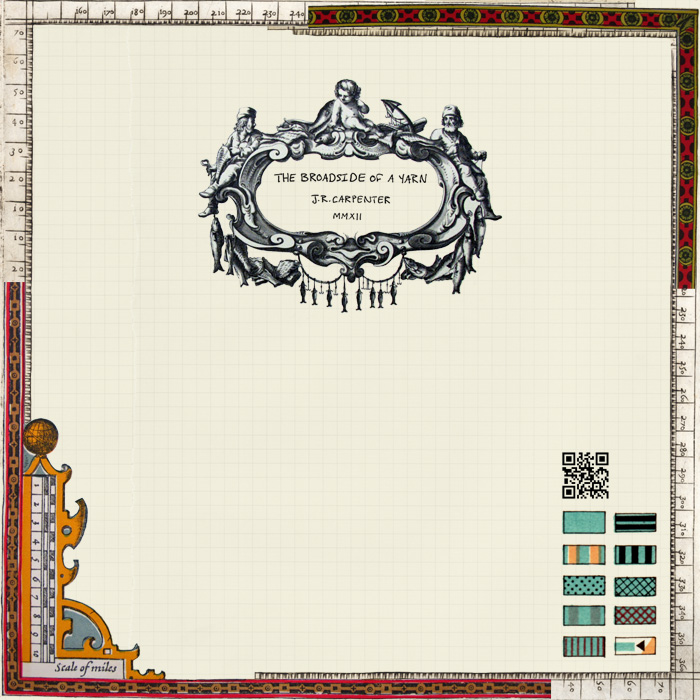
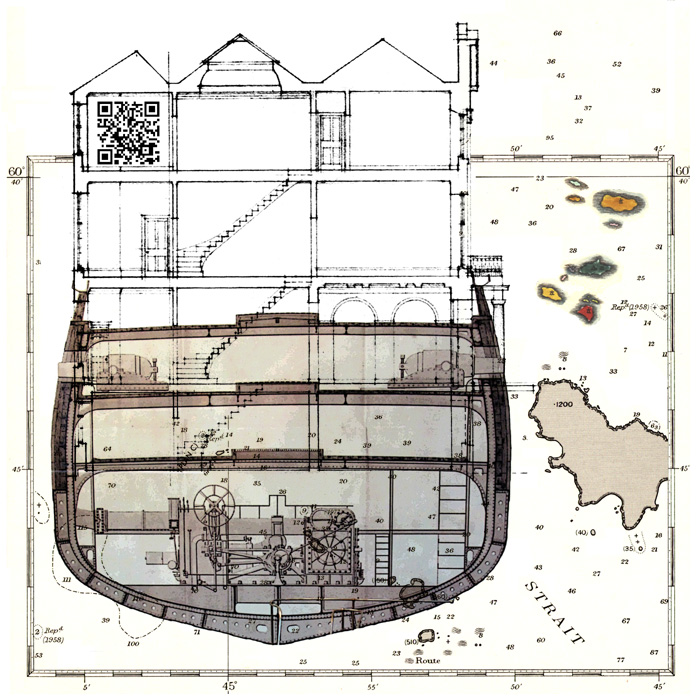
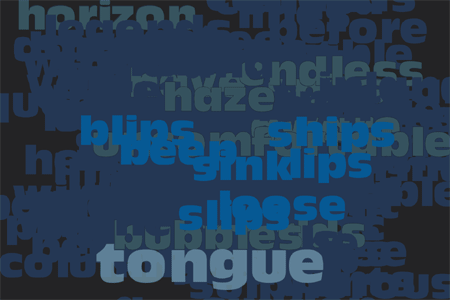
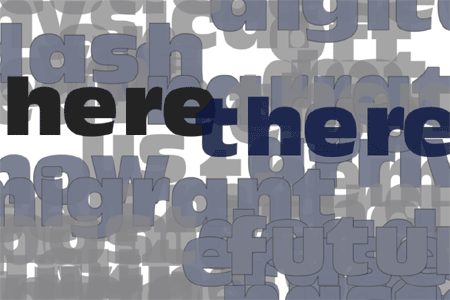
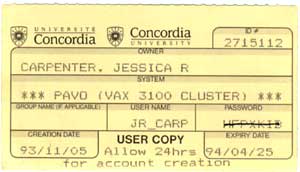
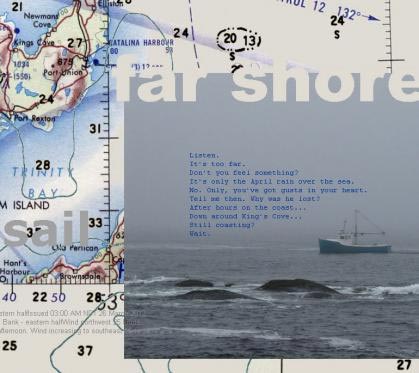
![TRANS.MISSION [A.DIALOGUE]](http://luckysoap.com/generations/images/trans_sourcedetail.gif)
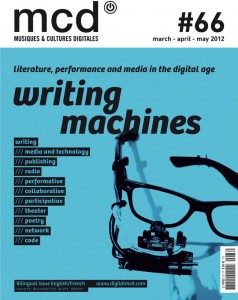 This beautiful bilingual issue #66 of the French Magazine MCD (musiques & cultures digitales) is dedicated to Writing Machines: literature, performance and media in the digital age. It was edited by Emmanuel Guez and contains articles by and/or about Annie Abrahams, Serge Bouchardon, Philippe Bootz, Laura Borràs, Peter Ciccariello, Katherine Hayles, Jorg Piringer, Alexandra Saemmer, Brian Stefans, and many many more.
This beautiful bilingual issue #66 of the French Magazine MCD (musiques & cultures digitales) is dedicated to Writing Machines: literature, performance and media in the digital age. It was edited by Emmanuel Guez and contains articles by and/or about Annie Abrahams, Serge Bouchardon, Philippe Bootz, Laura Borràs, Peter Ciccariello, Katherine Hayles, Jorg Piringer, Alexandra Saemmer, Brian Stefans, and many many more.